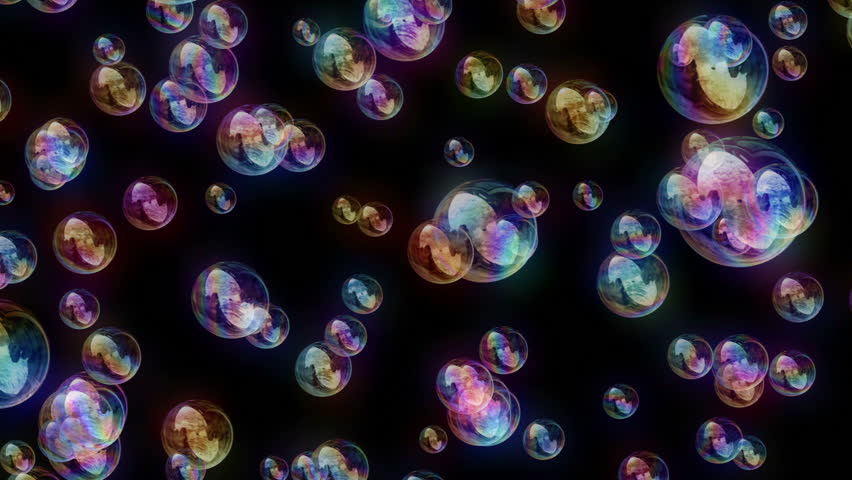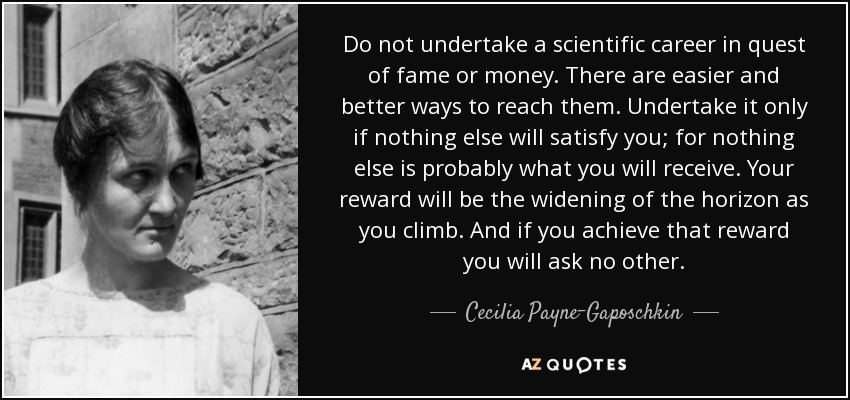energy
-

What is a “Normal” Star?
If we were talking about people, I’d say there’s no such thing as a “normal” person. We’re all weird in our own way — that’s what makes us unique and ourselves. However, there’s such a thing as a functional human…
-

The Proton-Proton Chain
Take a wild guess: how much energy do you think the sun generates? Think about it. It definitely generates enough energy to power a world. Humans depend on the photosynthesis of plants, which converts sunlight into energy. And that’s not…
-

The Battery of the Sun
Does this image look familiar? It should — these are soap bubbles. Okay, now you’re probably going to ask me how soap bubbles have anything to do with the battery of the sun. Well…you might be surprised to know that…
-

Star Stuff & Cecilia Payne
If this quote really is from Cecilia Payne, then she had the right idea — at least for a female astronomer in the 1920s. Women in science back then faced an uphill battle to get recognized for any discoveries they…
-

The Balmer Thermometer
How hot would you say this star is? Take a wild guess. Well…sorry, but I’m going to stop you for a moment just to make sure we’re all using Kelvins. The Kelvin scale is like the Celsius scale, except water…
-

Stars and Radiation
Stars are hot. Really hot. Hot enough to have energy to spare for their planets. If our star wasn’t hot, we couldn’t live on Earth. And our star isn’t even particularly hot for a star. It’s a middle-aged star of…
-

Atoms and Radiation
Everything we know about space comes from radiation. Now wait just a moment here. That statement explains how astronomy is such a successful field of science — it’s based entirely on the information we can glean from radiation, after all.…
-

Infrared & High-Energy Astronomy
You probably recognize this image. You see something like it whenever you look up at the sky. Some days are clearer than others — some, you might even see a completely blue sky — but regardless, you know that this…
-

Radio Astronomy: Advantages
Whoa…what’s this thing? It’s a radio telescope, the largest in the world. It’s so huge that a normal support system can’t support its weight. So it’s basically suspended between three mountaintops. It’s 300 m across, which is 1000 feet. It’s…

